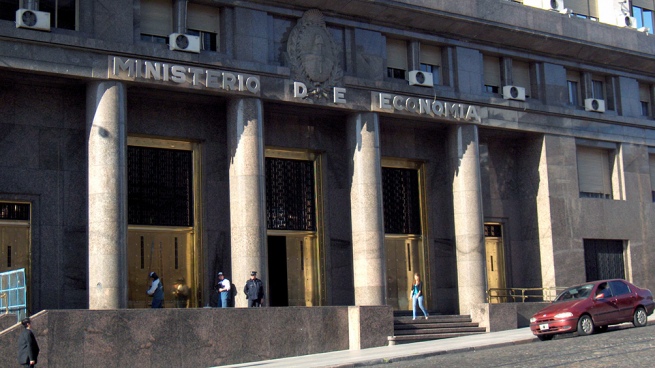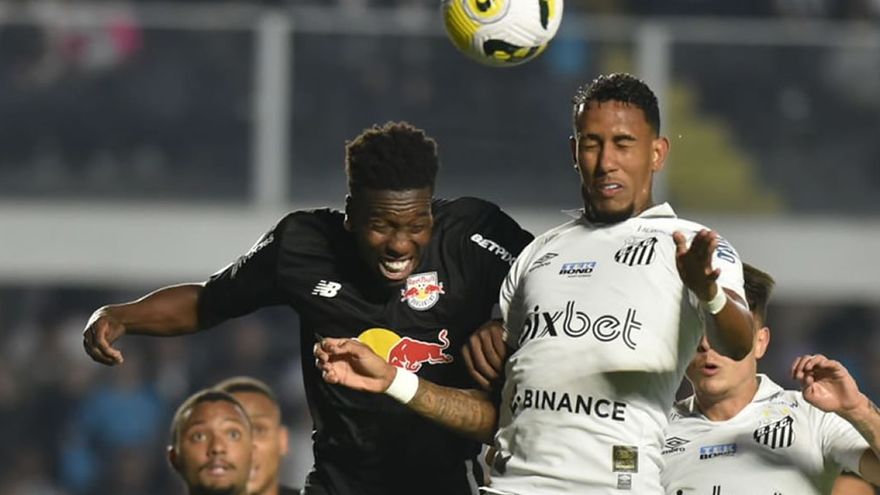The non-automatic transfers that the national State makes to the provinces reached in May the highest level so far this yearboth in absolute values and in proportion to the total resources sent, according to data from the National Directorate of Provincial Affairs (DNAP) of the Ministry of Economy.
In the April-May two-month period, non-automatic transfers (TNA) amounted to nearly $140,000 million and almost tripled the $49,197 million in January-February, due to the combination of a number of factors, among which the resources sent to the 13 provinces that did not transfer their pension funds to the Nation, “certain acceleration in shipments for public works”, financial assistance agreements and “some distributions of ATN (Contributions from the National Treasury),” he told Télam Alejandro Pegoraro, director of the consulting firm Politikon Chaco.
Another aspect to take into account is the transfers agreed between the Nation and the City of Buenos Aires for the financing of the security forces, after the changes in the aliquot destined to the Buenos Aires district in the Federal Co-participation regime.
That is the main reason why the proportion of transfers to CABA from the rest of the provinces stands out (more than triples the general level), in addition to another phenomenon: many public works are carried out in the interior, but they appear with a porteño destination because that is where the headquarters of the companies that carry out the projects are located.
For this sum of reasons, the TNAs went from representing 6.6% of the total in 2021 and 5.9% in the first two months of this year, to 13.84% in April and 11.86% in May .
The resources that the Nation usually distributes between the 23 provinces and the City of Buenos Aires are made up of automatic and non-automatic or discretionary transfers, which do not have the continuity and periodicity of the previous ones and are subject to specific situations.
The resources that the Nation habitually distributes between the 23 provinces and the City of Buenos Aires are made up of automatic transfers (Federal Co-participation, special laws and regimes, and compensation for the Fiscal Consensus) and non-automatic or discretionary ones, which do not have the continuity and regularity of the above and are subject to specific situations.
One of these situations is the adjustments made to the provinces that did not transfer their social security funds to the Nation in the 90s (Buenos Aires, Chaco, Chubut. Córdoba, Corrientes, Entre Ríos, Formosa, La Pampa, Misiones, Neuquén, Santa Cruz, Santa Fe and Tierra del Fuego).
But they also enter the calculation contributions for unforeseen circumstances (for example, fires, floods or other natural catastrophes) or the execution of a particular work that requires extraordinary capital transfers.
Also, although the ATN are part of the Co-participation regime (1% of the coparticipable mass) they are included among non-automatic transfers because its distribution is not subject to pre-established criteria, but to the decision of the national government.
In Maythe total of national transfers to the 24 districts amounted to $583,978.8 million, of which 88.14% ($514,718.9 million) corresponded to automatic and the remaining 11.86% ($69,259.9 million) to non-automatic.
Due to its character, the distribution of the TNA has historically been far from homogeneousand have been both a source of cross-claims between jurisdictions.

For example, in 2021 they represented 6.6% of the total income of the 24 districts, but in the case of La Rioja they reached 21.6%, nine times more than the 2.4% of Mendoza, located in the other extreme.
With an even greater gap, the situation was reiterated in May of this year, in which non-automatic transfers represented 38.39% for the City of Buenos Aires (due to the resources for the security forces already mentioned) and, in the other end of the list, 0.63% for Corrientes.
Between the two extremes there were diverse situations, with five provinces that joined CABA in the percentages that exceeded the average: La Rioja, with 29.56% of TNA over the total, Buenos Aires (18.25%), Chaco (14.52%), Neuquén (13.54%) and Salta (12.15%).
The underlying phenomenon is delay in the sanction of a new Co-participation law, and the need to resort to different measures to deal with all the changes that have occurred since its sanction in January 1988.
For example, ever since two districts became autonomous (Tierra del Fuego and the City of Buenos Aires) and once the final results of the last census will be evident uneven regional evolution of the population.
Due to its nature, the distribution of TNAs has historically been far from homogeneous, and they have been at the same time a source of cross-claims between jurisdictions.
From the available official data it appears that between 1980 and 2010the population of Neuquén increased by 126.07%, that of Santa Cruz by 138.35% and that of Tierra del Fuego by 332.79%, but that of the City of Buenos Aires decreased by 1.11%.
These asymmetries that appeared over the course of more than three decades led to the fact that “as the distribution coefficients become outdated, it is more likely that the Nation will have to discretionally compensate some jurisdictions,” according to what was pointed out by Marcelo Capello, economist at the Mediterranean Foundation.
For Capello, a new Co-participation law “should lower the profile of fiscal transfers, especially discretionary ones, increasing the financial autonomy of the provinces, increasing their powers to collect.”
In this framework, the margin of “residual co-participation” should be used to “level the provinces fiscally, in a more rational way, lowering the free availability of transfers and increasing those that have a specific destination, directing them to education, health and infrastructure” , he indicated.
















